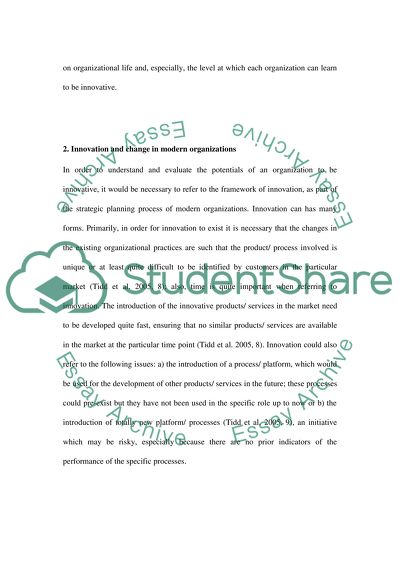Cite this document
(“Innovation and change Essay Example | Topics and Well Written Essays - 3500 words”, n.d.)
Retrieved from https://studentshare.org/environmental-studies/1412869-innovation-and-change
Retrieved from https://studentshare.org/environmental-studies/1412869-innovation-and-change
(Innovation and Change Essay Example | Topics and Well Written Essays - 3500 Words)
https://studentshare.org/environmental-studies/1412869-innovation-and-change.
https://studentshare.org/environmental-studies/1412869-innovation-and-change.
“Innovation and Change Essay Example | Topics and Well Written Essays - 3500 Words”, n.d. https://studentshare.org/environmental-studies/1412869-innovation-and-change.


